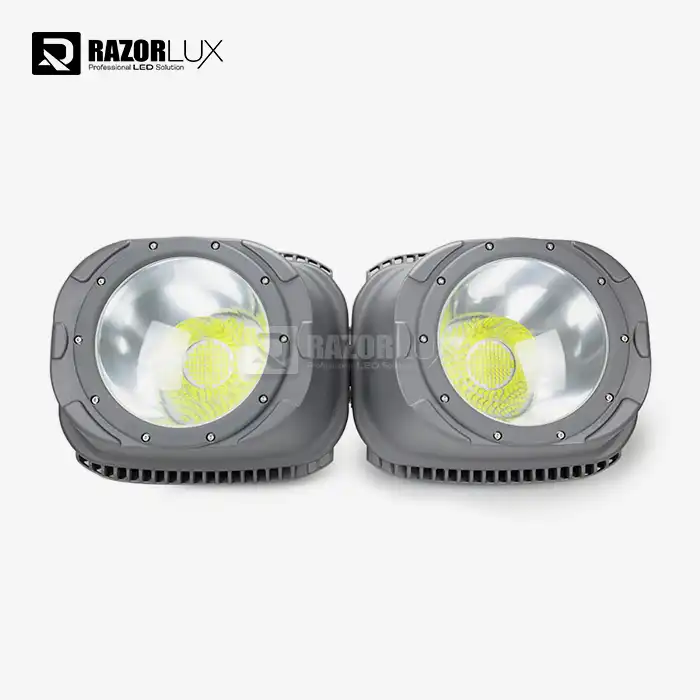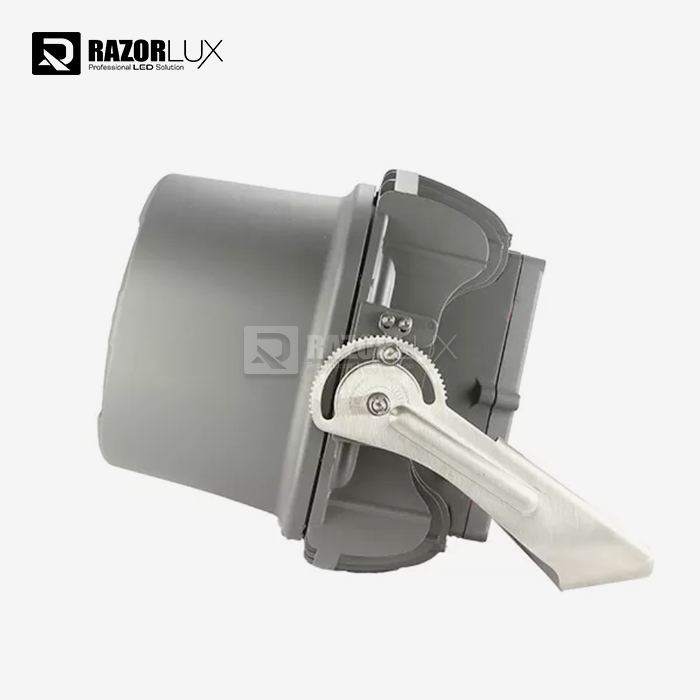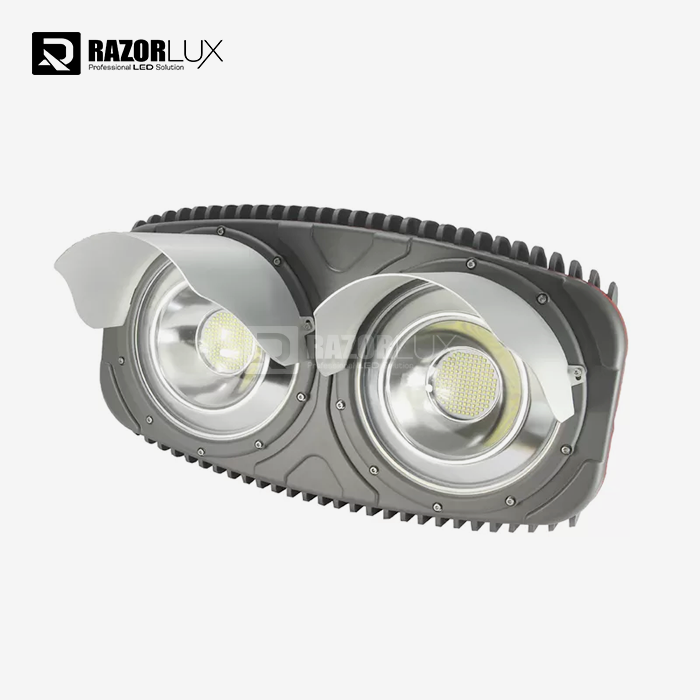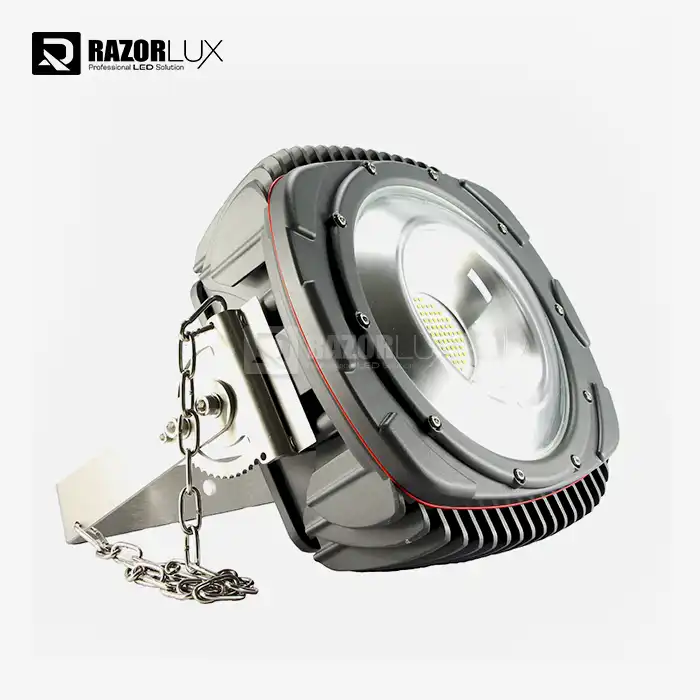Do You Need Special Wiring for Marine LED Lights?
When upgrading your vessel's lighting system, you might find yourself staring at your boat's electrical panel wondering if your current wiring can handle modern marine LED lights. The short answer is: not necessarily, but proper marine-grade wiring is essential for safety and performance. Unlike standard household LED installations, marine LED light systems require specialized considerations including corrosion-resistant materials, proper voltage management, and compliance with maritime electrical standards to ensure reliable operation in harsh marine environments.
Understanding Marine LED Light Wiring Requirements
Marine environments present unique challenges that standard wiring simply cannot withstand. Salt spray, constant moisture, temperature fluctuations, and vibration demand specialized electrical components and installation practices.
Marine-Grade Wire Specifications
Marine LED Flood Lights require tinned copper wiring that meets American Boat and Yacht Council (ABYC) standards. Quality marine wire is always stranded rather than solid, and always tin-plated copper, providing superior corrosion resistance compared to standard automotive or household wiring. The tin plating prevents copper oxidation, which is crucial for maintaining electrical conductivity in marine environments. For most marine LED light installations, 16 AWG wire meets minimum requirements, though higher-wattage applications may require larger gauge wiring to prevent voltage drop and ensure optimal performance.
Voltage Drop Considerations
Proper wire gauge selection depends on the total current draw of your marine LED lights and the distance from the power source. Wire size required depends upon the current being consumed, the round trip distance of the wire from your fuse or circuit breaker and the amount of voltage drop you are willing to live with. For marine LED flood lights with higher power consumption, such as 120W units, calculating voltage drop ensures your lights operate at peak efficiency and maintain their rated brightness throughout their operational life.
Circuit Protection Requirements
Every marine LED light installation must include proper circuit protection. All marine electrical equipment must have a breaker or fuse to protect your wiring as well as the product. This protection prevents electrical fires and equipment damage while ensuring compliance with Coast Guard regulations. Marine LED lights typically require dedicated circuits with appropriately sized breakers or fuses based on their power consumption and installation requirements.
Installation Methods and Best Practices
Installation Type | Wire Gauge | Fuse/Breaker Size | Maximum Run Length |
Navigation Lights | 16 AWG | 5A | 50 feet |
Deck/Work Lights | 14-12 AWG | 10-15A | 75 feet |
Flood Lights (120W) | 12-10 AWG | 15-20A | 100 feet |
Emergency Lighting | 16-14 AWG | 5-10A | 50 feet |
Connecting to Existing Systems
When installing marine LED lights, you have several connection options depending on your vessel's existing electrical system. LED deck lights will need connections for their power source, their negative wiring, and their ability to be toggled on or off. Many installations can tap into existing lighting circuits, provided the total amperage doesn't exceed the circuit's capacity. However, high-power marine LED flood lights often require dedicated circuits to prevent overloading existing systems.
Parallel vs Series Wiring
For multiple marine LED light installations, parallel wiring is the preferred method. You want 12 volts for each light, so parallel is the way to get that. This configuration ensures each marine LED light receives full voltage, maintaining consistent brightness and allowing individual lights to continue operating even if others fail. Series wiring, while using less current, reduces voltage to each light and creates dependency where failure of one light affects the entire circuit.
Waterproofing and Connections
Marine LED light installations require waterproof connections throughout the entire system. Use marine-grade heat shrink tubing, waterproof wire nuts, or sealed junction boxes for all connections. The IP67 rating of quality marine LED flood lights provides protection at the fixture level, but wiring connections remain vulnerable points that require careful sealing to prevent water ingress and subsequent electrical failures.
Advanced Marine LED Lighting Systems and Technologies
Feature | Standard Marine LED | Advanced Marine LED Flood Lights | Benefits |
Input Voltage Range | 12V DC | 80-315V AC / 80-400V DC | Universal compatibility |
Control Systems | On/Off Switch | 0-10V, DALI Dimming | Enhanced functionality |
Emergency Backup | None | 2-hour battery backup | Continuous operation |
Beam Options | Fixed | 60°, 120°, 140°x60° | Application flexibility |
Smart Control Integration
Modern marine LED flood lights offer sophisticated control options that require specialized wiring considerations. Systems supporting 0-10V dimming require additional control wires alongside power conductors, while DALI (Digital Addressable Lighting Interface) systems need dedicated data cables for communication between controllers and fixtures. These advanced control systems provide precise lighting management, energy savings, and integration with vessel automation systems.
Emergency Power Systems
Professional-grade marine LED flood lights increasingly incorporate emergency backup functionality. These systems require additional wiring for battery backup circuits and charging systems. When mains power fails, integrated emergency systems automatically switch to battery power, providing up to two hours of continuous operation. This feature is particularly crucial for navigation lighting and safety illumination in commercial marine applications.
Multi-Voltage Compatibility
Advanced marine LED lighting systems offer wide input voltage ranges, accepting both AC and DC power sources. This versatility reduces wiring complexity in mixed power environments and provides compatibility with various vessel electrical systems. The wide voltage acceptance range (80-315V AC, 80-400V DC) eliminates the need for additional transformers or converters in many installations, simplifying wiring requirements while improving system reliability.
Conclusion
Marine LED lights require proper marine-grade wiring and installation practices to ensure safe, reliable operation in harsh maritime environments. Ready to upgrade your vessel with professional marine LED flood lights? Xi'an Razorlux Optoelectronic Technology Co., Ltd. offers industry-leading marine LED solutions with comprehensive support from design to installation. As a trusted China marine led light factory and China marine led light supplier, we provide premium marine LED flood lights engineered for the harshest conditions. Our China marine led light manufacturer expertise ensures top-quality products at competitive marine led light prices. Whether you need marine led lights for sale or wholesale quantities, our professional team delivers customized solutions with 5-year warranty coverage. Contact our marine lighting specialists at sam@razorlux.com for expert consultation and discover why leading maritime professionals choose Razorlux for their critical lighting needs.
References
1. American Boat and Yacht Council. "Standards and Recommended Practices for Small Craft." ABYC Standards Committee.
2. United States Coast Guard. "Federal Requirements for Recreational Boats." Navigation Rules and Regulations Branch.
3. National Marine Electronics Association. "Marine Electronics Installation Standards." NMEA Technical Standards Committee.
4. International Association of Classification Societies. "Requirements for Electrical Installations in Ships." IACS Maritime Safety Committee.
 VIEW MOREFloodlight For Boat
VIEW MOREFloodlight For Boat VIEW MORE6000K 270w Dimmable Outdoor Light 60 Degree Flood Light For Basketball Court
VIEW MORE6000K 270w Dimmable Outdoor Light 60 Degree Flood Light For Basketball Court VIEW MOREFootball Field 140F Led Stadium Lights 1000 Watt 5700K Sports Lighting Fixtures
VIEW MOREFootball Field 140F Led Stadium Lights 1000 Watt 5700K Sports Lighting Fixtures VIEW MOREDie Cast Waterproof Led Flood Light Outdoor 6000K Saa Aluminum Alloy
VIEW MOREDie Cast Waterproof Led Flood Light Outdoor 6000K Saa Aluminum Alloy VIEW MORERoHS High Bay Led Lighting Industry Shop 150 Watt High Luminous
VIEW MORERoHS High Bay Led Lighting Industry Shop 150 Watt High Luminous VIEW MORELed Sport Court Lights
VIEW MORELed Sport Court Lights VIEW MOREMast Led Lighting
VIEW MOREMast Led Lighting VIEW MOREFlood Light High Mast
VIEW MOREFlood Light High Mast

_1750326878398.png)

